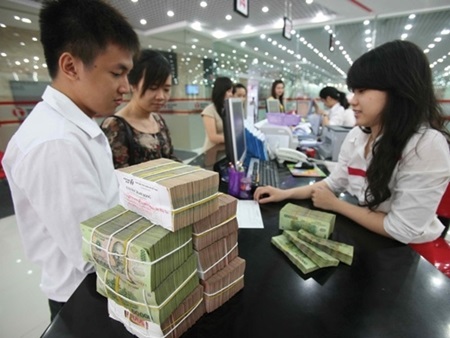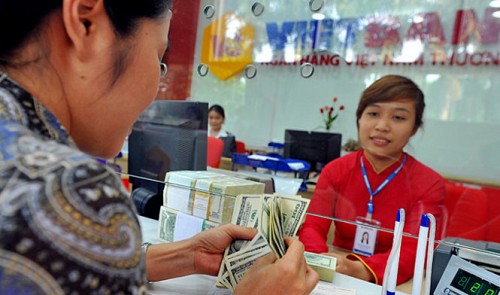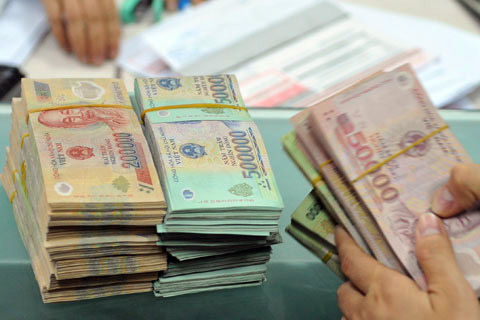SMEs still find it hard to access loans
SMEs still find it hard to access loans
Small- and medium-sized enterprises still face difficulties in trying to access loans and do not have too many options with regard to channels for mobilisation of capital.

Statistics from the Vietnam Chamber of Commerce and Industry (VCCI) revealed at the conference on capital access for SMEs held in Ha Noi yesterday showed that SMEs accounted for 98 per cent of businesses operating in the country and provided jobs to 51 per cent of labourers.
The SMEs contributed more than 40 per cent of Viet Nam's GDP, 31 per cent of industrial production, 78 per cent of total retail sale turnover and 64 per cent of passenger transport both inside and outside the country.
"However, a majority of SMEs have weak capacity in terms of credit and competitiveness," Nguyen Dai Lai, deputy director of the Credit Information Centre (CIC), said.
Total capital for production and businesses of SMEs from 2010 to 2015 accounted for 36-38 per cent of the total capital for all businesses in Viet Nam. It meant that up to 68 per cent of SMEs had to use their own capital for production and trading.
Big challenges
Lai said the figures reveal big challenges ahead for local SMEs.
Another statistic from the Viet Nam Bank Association (VNBA) showed that by the end of June, the credit balance for SMEs was VND976.7 trillion (US$43.4 billion), increasing 4 per cent from last year.
There were around 180,000 SMEs with loans in credit institutions.
The association said SMEs lacked conditions to insure their loans at banks though their bad debt rate was low.
"Banks suffer a shortage of trust in credit relationships with SMEs. In reality, several SMEs have not built up trust with banks in terms of their financial situation, thus making them ineligible for loans," he added.
In addition, the SMEs have not had a feasible investment project and transparency to be eligible for loans.
Can Van Luc, vice president of the Bank for Investment and Development of Vietnam (BIDV) agreed that banks have accounted for a big portion of the capital in the country's financial system.
The imbalance is caused by businesses that have limited access to loans, Luc said.
The scale of the local stock market last year was equivalent to 32 per cent of GDP, lower level than the average of 50 per cent in the ASEAN region. The bond market was also on a smaller scale than other countries in the region as 87 per cent was government bonds.
"The issue is how to create trust between banks and businesses for the common purpose of profit," Vo Tri Thanh, deputy head of the Centre Institute for Economic Management, said. However, SMEs should be transparent in their operations as well as ensure better control of money flow to gain the trust of banks.
The State Bank of Vietnam has also asked credit institutions to increase reliable loans for SMEs.
Accordingly, credit institutions would build a process to collect and exploit information on credit ratings in co-operation with branches of foreign banks.






















